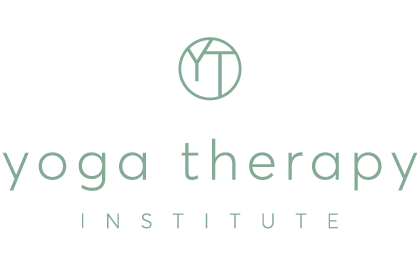Estimated reading time: 2 minutes
Polyvagal Theory Explained provides important information for Yoga therapists and Yoga teachers about PVT, Yoga, trauma and the vagus nerve.
This article provides a brief overview of the Polyvagal Theory as introduced by Stephen Porges PhD in 1994.
Very simply, the PVT helps us understand how our autonomic nervous system can shift between three different states.
These states are –
- Fight or flight
- Freeze
- Social engagement
When we feel threatened, we can respond by
- Becoming hyper aroused (fight or flight) or
- Shutting down (freeze)
When we feel safe it is easier to connect with others (social engagement).
Polyvagal Theory and Yoga
Where does Yoga come in? Certain Yoga practices allow us to move into the physiological state that is associated with social engagement.
Understanding PVT can assist Yoga teachers and Yoga therapists to manage and improve our own health and that of our clients. It can also assist us to understand the behaviour of other people.
Polyvagal Theory and Trauma
What does Polyvagal Theory have to do with trauma?
PVT helps us understand how our brain and body work together to respond to stressors in our environment, as well as, to understand how someone may respond to a traumatic event.
A person who has experienced a traumatic event may become stuck in a state referred to in the PVT as dorsal vagal complex.
Under the guidance of a trained Yoga professional or mental health professional, a client can develop awareness of their physiological responses to stress and trauma. This awareness can assist them to learn how to regulate their autonomic nervous system and hopefully, reduce their experience of trauma-related symptoms.
What does the Vagus nerve have to do with it?
The three states (fight/flight, freeze and social engagement) are all managed directly by the vagus nerve.
The vagus is important because it has a role in regulating important bodily functions such as the immune response, breathing, heart rate. The vagus also regulates the emotions and social behaviour. Some Yoga practices stimulate the vagus nerve which can have a calming effect on the body.
Terms Used in Polyvagal Theory
The fight or flight response is called mobilisation.
The freeze or collapse response is called immobilisation.
The social engagement response is called ventral vagal.
If you would like to learn more about Polyvagal Theory, Yoga practices to assist with the different stages of healing from Trauma, visit – Integrating Polyvagal Theory with Trauma informed Yoga
